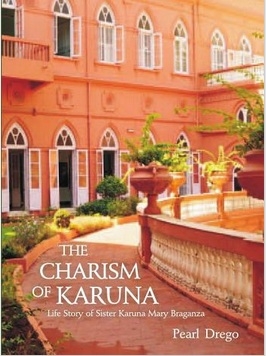Different sects and denominations of the Christian faith came to India at different points of time from different parts of the world. The Catholic presence in the country preceded the Protestants by several centuries. Their long and continued presence led the faith to become an integral part of India rooted in the local cultural milieu. Today, highly localized groups of Catholics are scattered and unevenly spread all over India, and form the largest Christian group in India—nearly 50 per cent of the total Christian population. Despite their distinct social, cultural and economic backgrounds, Catholics are unified in their allegiance to the Pope who serves as the supreme authority in all religious matters, and they function under a well-defined hierarchy. Through a variety of means and approaches, Catholic institutions set up by different Catholic orders, both secular and religious, have made a significant impact on the socio-cultural life of India. Monasteries and convents con-trolled by the Catholic Church prescribe priestly celibacy among the men and women of faith not only to fulfill the functions of the Catholic religious institutions but also to serve humanity. From behind the walls of convents streams of nuns set forth to make their religious commitment and vocation relevant to the contemporary world.
February 2013, volume 37, No 2-3

